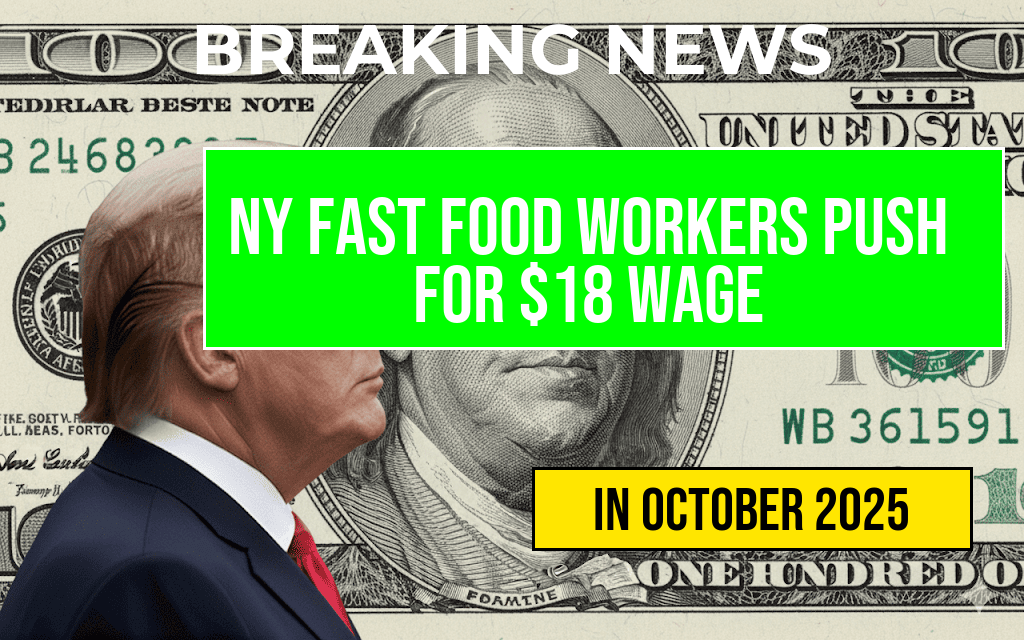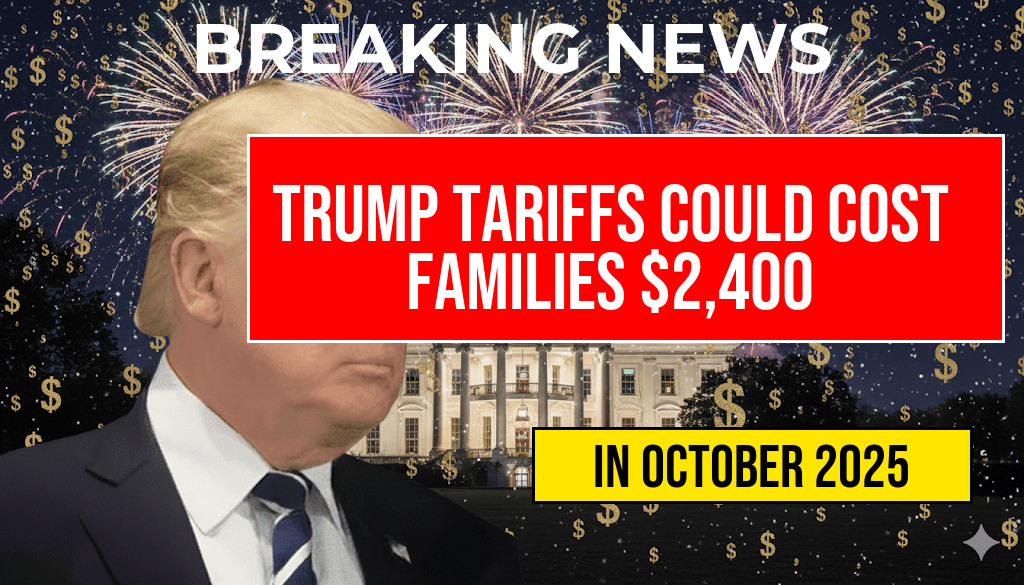In a significant policy shift, the federal government has announced the elimination of Supplemental Nutrition Assistance Program (SNAP) benefits for millions of recipients starting in October. This overhaul is part of a broader initiative aimed at reforming welfare programs. The decision has sparked concerns among advocates for low-income families, who argue that it could worsen food insecurity at a time when many are still recovering from the economic fallout of the COVID-19 pandemic. The changes are set to affect millions nationwide, particularly those who rely heavily on SNAP benefits to meet their daily nutritional needs.
Understanding the Changes to SNAP Benefits
The SNAP program, formerly known as food stamps, is a crucial lifeline for millions of Americans, providing assistance for purchasing food. The upcoming changes are expected to alter eligibility requirements significantly, which could lead to a substantial reduction in the number of beneficiaries. According to the U.S. Department of Agriculture (USDA), the reforms will focus on “reducing dependency on government aid” and promoting self-sufficiency among recipients.
Key Aspects of the Overhaul
- Eligibility Criteria Adjustments: The new rules will tighten income thresholds and work requirements, potentially disqualifying many individuals and families who currently receive benefits.
- Reduction in Benefit Amounts: Changes may also lead to a decrease in the monthly benefits provided to those who remain eligible, further straining their ability to purchase food.
- Implementation Timeline: The new guidelines will take effect on October 1, 2023, giving recipients a short window to adjust to the impending changes.
Impact on Recipients and Communities
The elimination of benefits is poised to have a profound impact on communities, particularly in regions with high poverty rates. Food banks and local charities are already bracing for an increase in demand, as families struggling to make ends meet may turn to these resources for assistance.
Statistics Highlighting Food Insecurity
| Year | Percentage of Households Affected | Number of Individuals |
|---|---|---|
| 2020 | 10.5% | 35 million |
| 2021 | 11.1% | 38 million |
| 2022 | 12.2% | 42 million |
As evidenced by the table, food insecurity has been on the rise in recent years, raising alarms among public health officials and social service organizations. The upcoming SNAP changes could exacerbate these trends, pushing more families into precarious situations where access to nutritious food becomes increasingly limited.
Advocates Speak Out
Food security advocates have voiced their concerns over the negative implications of the overhaul. Many organizations, including the Food Research and Action Center (FRAC), argue that reducing benefits will not only affect individual families but also strain local economies. “When families can’t afford food, they spend less on other essentials, which can have a cascading effect on local businesses,” said a spokesperson from FRAC.
Potential Solutions and Alternatives
In light of these changes, advocates are urging policymakers to consider alternative approaches that focus on improving access to food without undermining the support structures that families rely on. Suggestions include:
- Expanding Access to Nutrition Education: Providing resources and education on budgeting and meal planning to help families make the most of their benefits.
- Increasing Funding for Local Food Programs: Supporting food banks and community gardens to create more sustainable food sources.
- Encouraging Collaboration: Building partnerships between government agencies, non-profits, and local businesses to address food insecurity comprehensively.
The decision to eliminate SNAP benefits in October marks a pivotal moment for low-income families across the country. As the implementation date approaches, the conversation around food security and welfare reform continues to grow, with many hoping for a reconsideration of the proposed changes. For further information on SNAP and its impact, visit the USDA SNAP page or review studies from sources like FRAC.
Frequently Asked Questions
What are SNAP benefits?
SNAP (Supplemental Nutrition Assistance Program) benefits are federal assistance programs that provide food-purchasing support for low-income individuals and families. These benefits help recipients buy healthy food and maintain nutritional standards.
Why are SNAP benefits being eliminated in October?
The elimination of SNAP benefits in October is part of a broader overhaul aimed at reforming the program. This change is intended to address budget concerns and streamline the distribution of benefits, although it will significantly impact many recipients.
Who will be affected by the elimination of SNAP benefits?
The elimination of SNAP benefits will primarily affect low-income individuals and families who rely on these benefits for their daily food needs. Many of these recipients may struggle to find alternative sources of food assistance.
Are there any alternatives to SNAP benefits?
Yes, there are several alternatives to SNAP benefits, including local food banks, community assistance programs, and state-specific food assistance initiatives. However, these resources may not fully compensate for the loss of SNAP benefits.
What should recipients do to prepare for the changes?
Recipients should start planning for the changes by exploring local food resources, budgeting for food expenses, and seeking assistance from community organizations that can help during the transition away from SNAP benefits.











